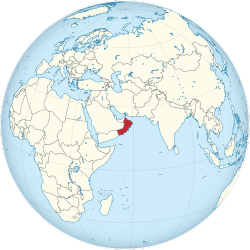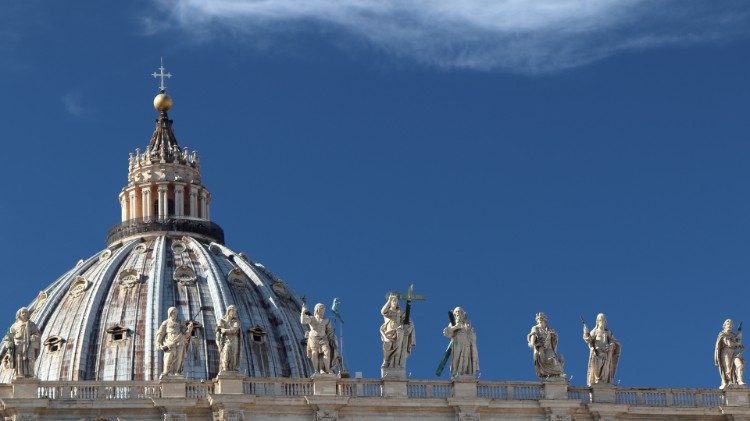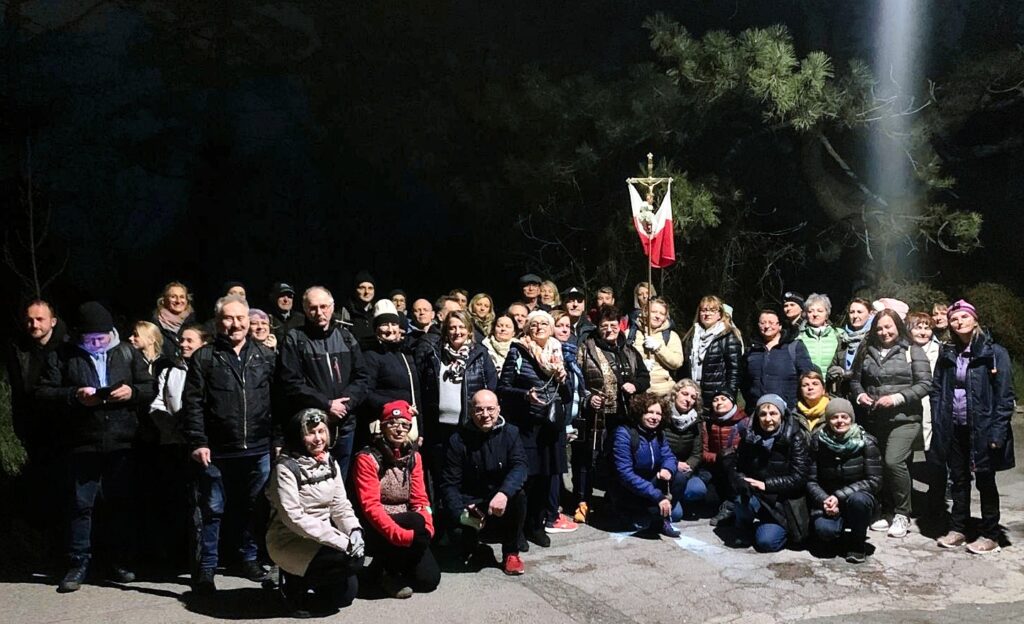Guided by the principles of equality, independence, integrity and non-interference
Full diplomatic relations: The Holy See and the Sultanate of Oman

The Holy See and the Sultanate of Oman
Desirous of promoting mutual understanding and further strengthening friendship and cooperation between the Holy See and Oman;
Convinced that the establishment of diplomatic relations serves the common interests of the Holy See and Oman;
Guided by the principles of sovereign equality, independence, territorial integrity and non-interference;
Have decided to establish, on the basis of the Vienna Convention on Diplomatic Relations of 18 April 1961, full diplomatic relations at the level of an Apostolic Nunciature to the Sultanate of Oman and of an Embassy to the Holy See.
Sultanate of Oman
The Sultanate of Oman, located in the southeastern part of the Arabian Peninsula, borders the United Arab Emirates to the northwest, Saudi Arabia to the west and Yemen to the southwest, and is washed by the Gulf of Oman and the Arabian Sea. Administratively, Oman is divided into 11 governorates (Muḥāfaẓa), which in turn are divided into 61 provinces (Wilaya). The capital is Mascate.
On an area of 309,980 km² lives a population of about 4.5 million inhabitants, largely composed of Arabs, but with a significant percentage of foreign workers from other Middle Eastern countries, the Philippines, India and Pakistan. A British protectorate since 1891, ruled since the 18th century by the Āl-Bū-Saʿīd dynasty, it has been independent since 1971.
Institutionally, Oman presents itself as a monarchy, with a sultanal system, headed – as of 11 January 2020 – by Sultan Haitham bin Ṭāriq bin Taimūr Āl Saʿīd. It has a bicameral system with a chamber elected by the people, an advisory council, Majlis Al-Shura, consisting of elected representatives with a four-year term, and a Council of State, Majlis Al-Dawla, consisting of royal appointees.
Like almost all countries in the Persian Gulf area, Oman’s economy is predominantly focused on the hydrocarbon sector, particularly natural gas.
Related

“Being Catholic in Tanzania is a source of pride”
Fundación CARF
16 April, 2025
6 min

The Vatican Suppresses the Sodalitium of Christian Life After a Long Discernment Process
Exaudi Staff
15 April, 2025
1 min

From Kahlenberg to the Papal Cross – Polish Night Way of the Cross in Vienna
Heschel Centre for Catholic-Jewish Relations at the Catholic University of Lublin
15 April, 2025
2 min

Antoni Gaudí Takes Another Step Toward the Altar: Declared Venerable by the Church
Exaudi Staff
14 April, 2025
2 min
 (EN)
(EN)
 (ES)
(ES)
 (IT)
(IT)

